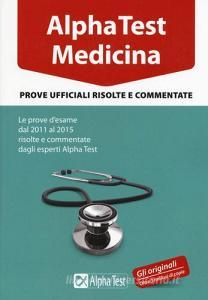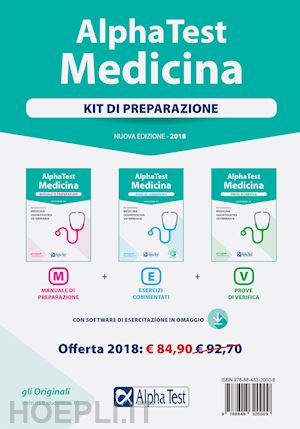

Finally, stimulation of D 1 and D 2 dopaminergic receptors in the kidney and splanchnic vasculature results in renal and mesenteric vasodilation through activation of complex second-messenger systems.įigure 2. Activation of α 1-adrenergic receptors on arterial vascular smooth muscle cells results in smooth muscle contraction and an increase in systemic vascular resistance (SVR Figure 2). β 2-Adrenergic receptor stimulation on vascular smooth muscle cells through a different intracellular mechanism results in increased Ca 2+ uptake by the sarcoplasmic reticulum and vasodilation ( Figure 1). β 1-Adrenergic receptor stimulation results in enhanced myocardial contractility through Ca 2+-mediated facilitation of the actin-myosin complex binding with troponin C and enhanced chronicity through Ca 2+ channel activation ( Figure 1). 2 Catecholamines mediate their cardiovascular actions predominantly through α 1, β 1, β 2, and dopaminergic receptors, the density and proportion of which modulate the physiological responses of inotropes and pressors in individual tissues. Since the initial discovery of epinephrine, the principal active substance from the adrenal gland, 1 the pharmacology and physiology of a large group of endogenous and synthetic catecholamines or “sympathomimetics” have been characterized.

Our aim is to review the mechanisms of action of common inotropes and vasopressors and to examine the contemporary evidence for their use in important cardiac conditions. The clinical efficacy of these agents has been investigated largely through examination of their impact on hemodynamic end points, and clinical practice has been driven in part by expert opinion, extrapolation from animal studies, and physician preference. They are generally administered with the assumption that short- to medium-term clinical recovery will be facilitated by enhancement of cardiac output (CO) or vascular tone that has been severely compromised by often life-threatening clinical conditions. In broad terms, these substances have excitatory and inhibitory actions on the heart and vascular smooth muscle, as well as important metabolic, central nervous system, and presynaptic autonomic nervous system effects. Inotropic and vasopressor agents have increasingly become a therapeutic cornerstone for the management of several important cardiovascular syndromes. Customer Service and Ordering Information.



 0 kommentar(er)
0 kommentar(er)
